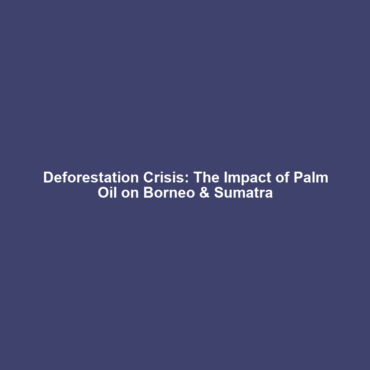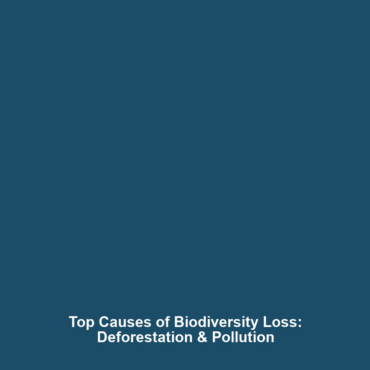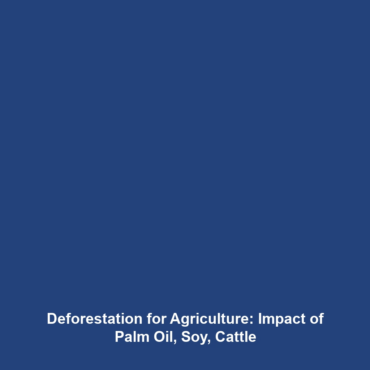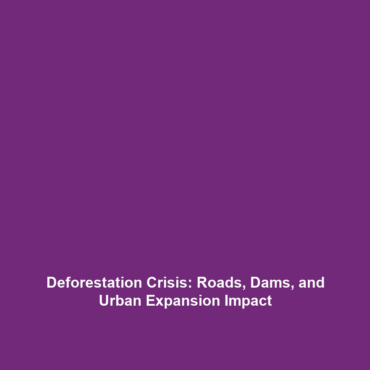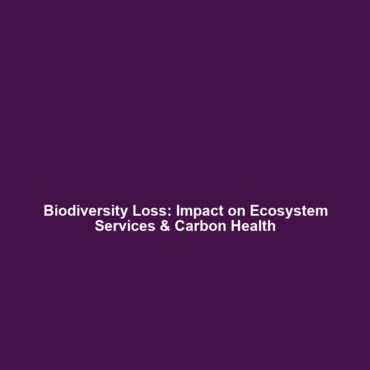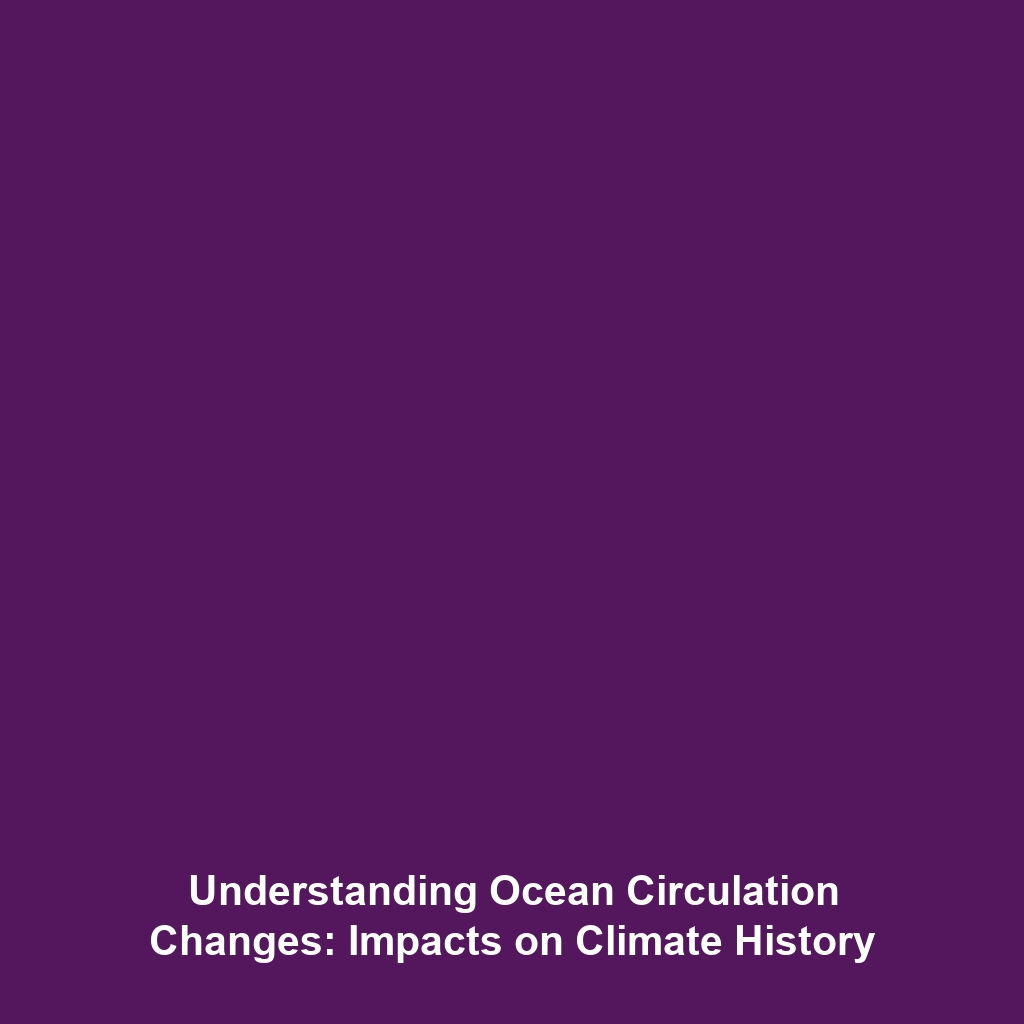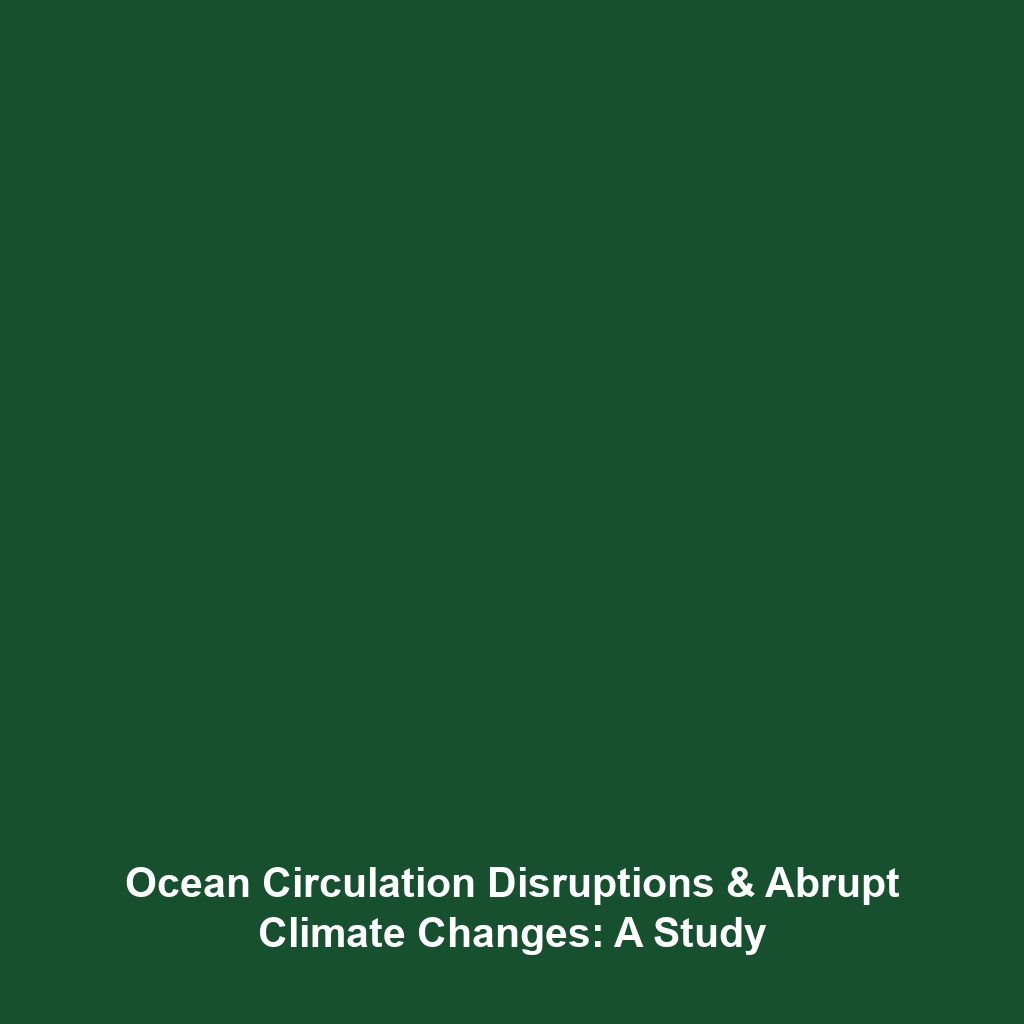The Rapid Deforestation of Borneo and Sumatra for Palm Oil Plantations
Introduction
The rapid deforestation of Borneo and Sumatra for palm oil plantations is a critical environmental issue. This phenomenon significantly contributes to biodiversity loss, threatening various species and disrupting ecosystems. With palm oil being a major commodity globally, understanding the implications of its production on deforestation and biodiversity is paramount. As these tropical forests are cleared at alarming rates, the urgency of sustainable practices becomes evident. This article will delve into the significant aspects of this issue, exploring its ramifications on ecological health and conservation efforts.
Key Concepts
Defining Deforestation
Deforestation refers to the clearing or thinning of forests, primarily for agricultural practices. In Borneo and Sumatra, vast areas are being converted into palm oil plantations, leading to the destruction of rich biodiversity.
Biodiversity Loss
Biodiversity loss encompasses the reduction in the number and variety of species in a given area. The rapid expansion of palm oil plantations in these regions is responsible for habitat destruction, endangering countless species and disrupting ecological balance.
Impact of Palm Oil Production
The cultivation of palm oil not only depletes forest cover but also releases significant amounts of carbon dioxide into the atmosphere, exacerbating climate change. Sustainable palm oil production practices are paramount to mitigate its adverse effects.
Applications and Real-World Uses
The rapid deforestation of Borneo and Sumatra for palm oil plantations has several real-world applications that underscore its relevance to biodiversity loss:
- Food Production: Palm oil is a versatile ingredient found in numerous food products.
- Cosmetics: It is widely used in the cosmetic industry due to its emulsifying properties.
- Biofuels: Palm oil is also considered a viable alternative for biofuel production.
Understanding how the rapid deforestation of Borneo and Sumatra for palm oil plantations influences food production and ecosystem health is crucial for finding sustainable solutions.
Current Challenges
The challenges of addressing the rapid deforestation of Borneo and Sumatra for palm oil plantations include:
- Lack of enforcement of environmental regulations.
- Economic dependence on palm oil cultivation in local communities.
- Limited awareness of sustainable practices among farmers.
These challenges highlight the complex issues in the broader context of deforestation and biodiversity loss.
Future Research and Innovations
Upcoming research and innovations focused on mitigating the impacts of deforestation include:
- Development of sustainable palm oil certification programs.
- Use of satellite imagery for monitoring forest cover.
- Biological research aimed at improving crop yields without further forest clearing.
These advancements represent a critical step towards sustainable land management and conservation.
Conclusion
In summary, the rapid deforestation of Borneo and Sumatra for palm oil plantations presents significant challenges to biodiversity and ecosystem health. The consequences of this deforestation are profound, highlighting the urgent need for sustainable practices in palm oil production. As consumers, supporting sustainably sourced palm oil can contribute to conservation efforts. For further reading, explore our articles on sustainable agriculture and biodiversity preservation.
